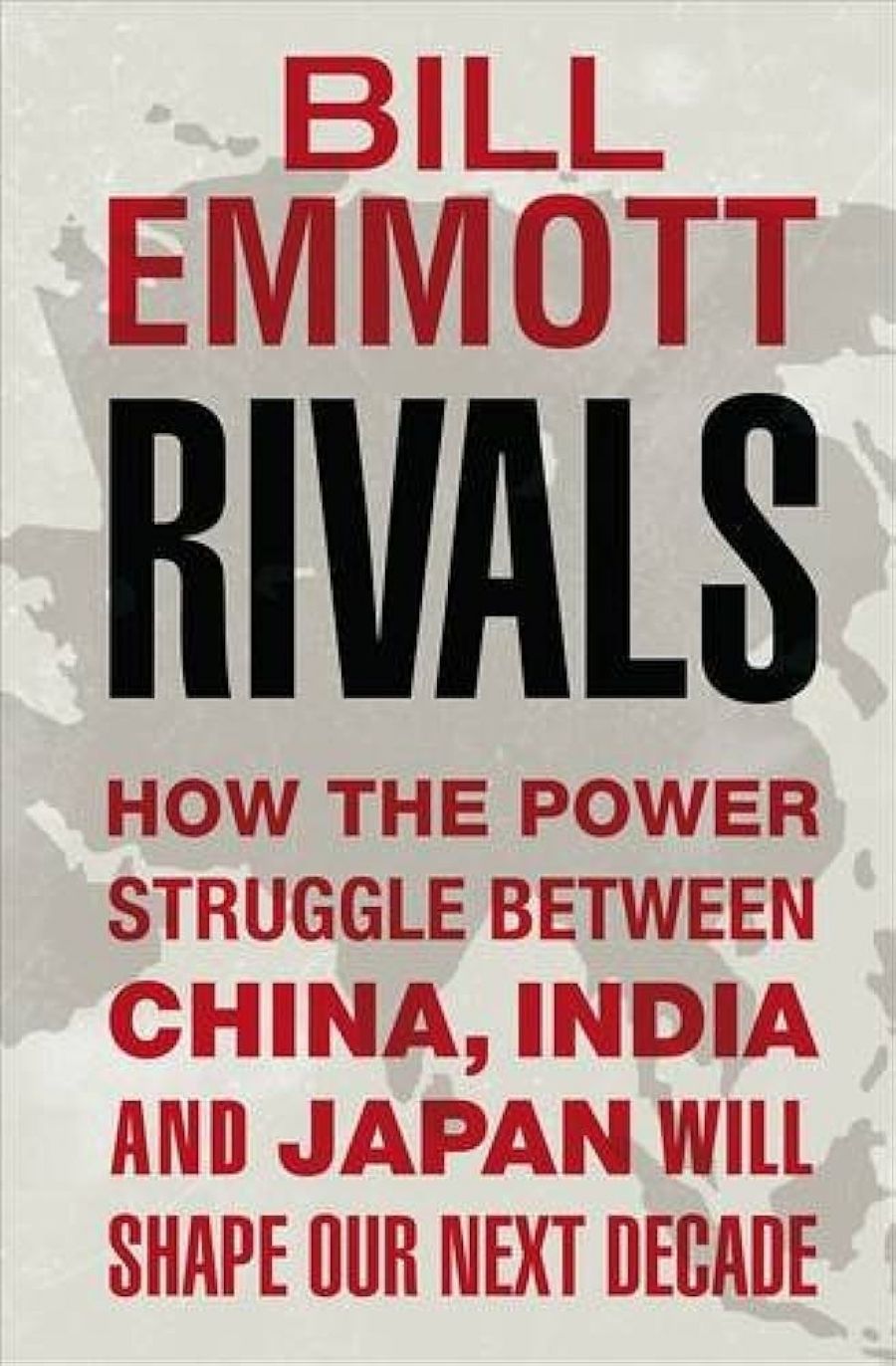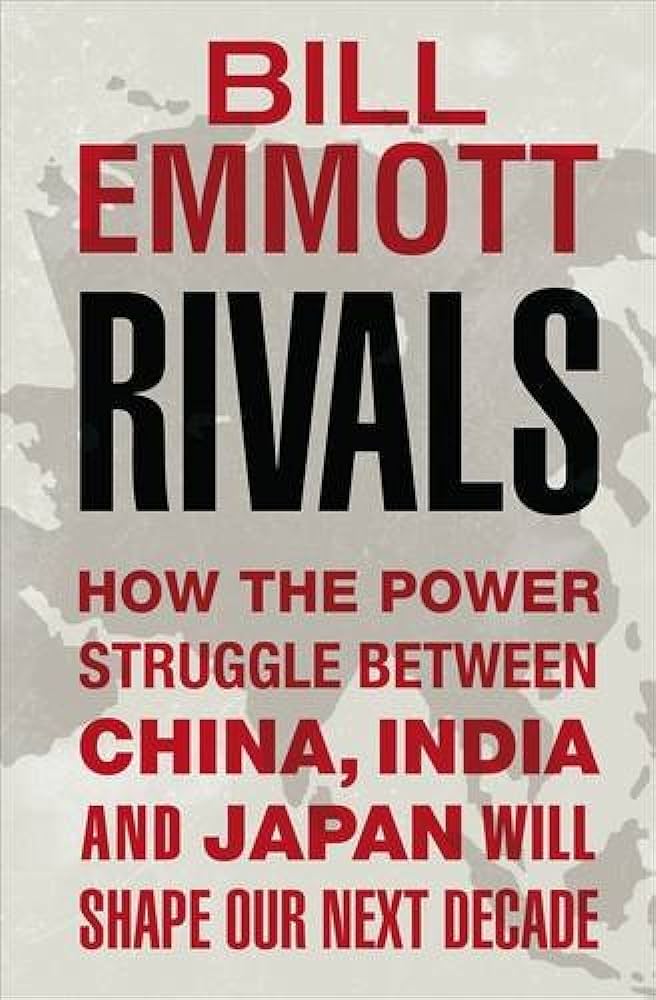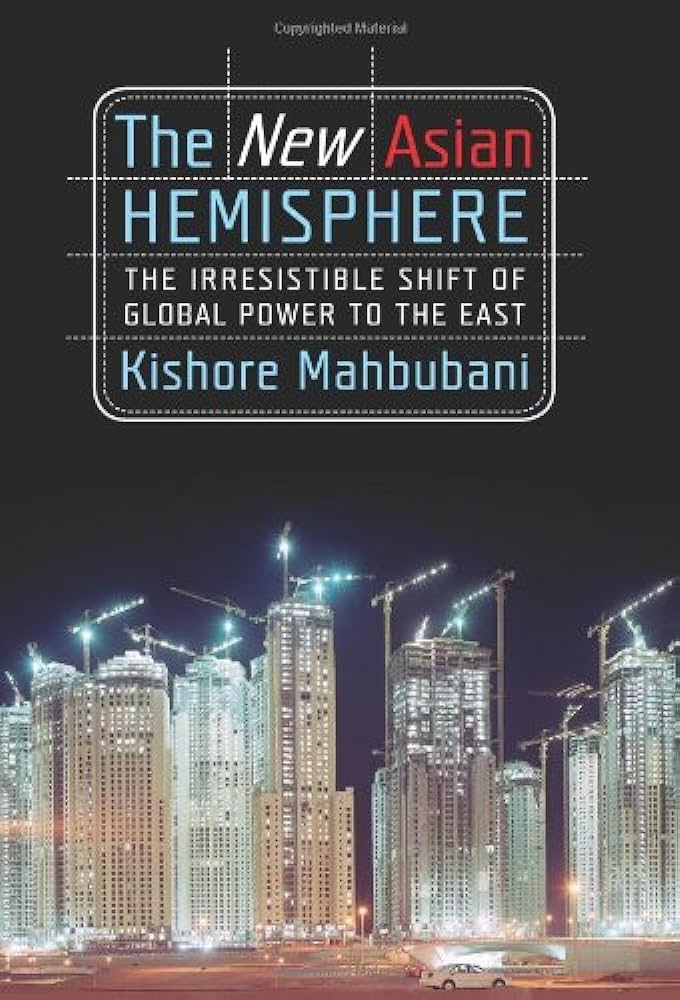
- Free Article: No
- Custom Article Title: A remarkably plastic moment
- Review Article: Yes
- Article Subtitle: A remarkably plastic moment
- Online Only: No
- Custom Highlight Text:
The world bank’s 1993 report, The East Asian Miracle, conveyed the quasi-religious awe prompted by the economic progress of many East Asian societies in the last quarter of the twentieth century. While somewhat self-serving (it was funded by Japanese money), it set the tone for much of the political and economic analysis of East Asia in the 1990s and its prospects. With few exceptions, we were told that the future belonged to Asia, that export-oriented industrialisation and selective liberalisation were the keys to growth, and that Asian societies had certain cultural features which furthered their comparative advantage and questioned the universality of Western notions such as democracy and human rights. This suddenly ended in July 1997 when the collapse of the Thai baht prompted a series of currency crises that produced political and social turmoil across the region. The Asian financial crisis, borne of bad investments, dodgy government–business relations and that favourite of the press, ‘crony capitalism’, raised questions about the foundations of Asia’s strength and the ‘Asian century’.
- Book 1 Title: Rivals
- Book 1 Subtitle: How the power struggle between China, India and Japan will shape our next decade
- Book 1 Biblio: Allen Lane, $49.95 hb, 328 pp
- Book 1 Cover Small (400 x 600):

- Book 1 Cover (800 x 1200):

- Book 2 Title: The New Asian Hemisphere
- Book 2 Subtitle: The irresistible shift of global power to the east
- Book 2 Biblio: PublicAffairs, $47 hb, 314 pp
- Book 2 Cover Small (400 x 600):

- Book 2 Cover (800 x 1200):

Barely ten years since that crisis, there are fresh cries that the future will, after all, be Asian. This time, the argument appears rather more compelling. Those damaged by the crisis are back on their feet. China continued on its remarkable path and India is now joining it as a stunning economic success story. Alongside this, Japan has rediscovered its economic spark after being sunk in the mire of stagnant growth for the 1990s. Beyond the genuine breadth, scale and range of Asia’s economic success, detailed in compelling fashion in both these new books, claims about Asia’s future are more plausible due to America’s relative decline. While the United States will for many years remain the supreme military and diplomatic power, in economic and political terms the gap between it and everyone else has narrowed. The United States is increasingly dependent on the rest of the world for cheap manufactured goods, for credit and for energy. Moreover, its share of global output is being reduced, as is its share of productivity growth. Asia’s rise has occurred at a time when American predominance is beginning to wane.
These two books are notable contributions to a burgeoning literature which tries to make sense of the changes caused by Asia’s revitalisation. As both authors point out, the current phase, in the longer sweep of history, represents a revival of Asian power. Of the past two thousand years, it has only been in the past two hundred where Europeans, and not Asians, have dominated the world economy. What will this return of power mean for the world? What will it mean for Asia? Most importantly, how can this power transition be managed peacefully? Each of the authors, prominent and long-time contributors to public debate about Asia and its prospects, addresses these three questions.
Kishore Mahbubani, erstwhile Singaporean diplomat and now professor of public policy at the National University of Singapore, argues that Asia’s return is going to change the world in ways that will put the Industrial Revolution in the shade. He also notes that this change will be difficult for the West to accept. His intention is to get Westerners to understand how the world looks from an Asian perspective and to adapt more effectively to these changes.
Bill Emmott, a former editor of The Economist, focuses his attention more on the immediate challenges posed by the unprecedented simultaneity of Japan, India and China’s success. While he is optimistic about Asia’s broader prospects, Emmott leavens his analysis drawing particular attention to the militarisation of Asia (something downplayed by Mahbubani), mistrust among the three, and the deep-seated historical animosities which continue to blight the region. Rivalry among the powers is the theme of Emmott’s work. One of the most disconcerting aspects of the book is a remark made by an unnamed senior Indian foreign-policy maker: ‘The thing you have to understand is that both of us [India and China] think that the future belongs to us. We can’t both be right.’ The question is whether Asia’s powers can manage their relations and avoid conflict, for their interests will necessarily overlap and collide.
Given their aims, it is not surprising that these books have several common themes. They agree that Asian powers are going to continue on their upward trajectory and be among the pre-eminent powers in international society. Emmott’s analysis provides greater balance, with more careful consideration paid to the risks inherent in rapid, large-scale social transformations than is the case with the more relentlessly optimistic Singaporean. Both authors are also at pains to emphasise that Asia’s prosperity is not predicated on the failure of the West. Indeed, both underline the extent to which Asia’s success is a product of the West. Mahbubani argues that Asian societies are ‘rising now because through a very slow and painful process they have finally discovered the pillars of Western wisdom that underpinned Western progress and enabled the West to outperform Asian societies for the past two centuries’. It is increasingly clear that the idea of Asia now has real salience, while in the past the notion could easily be critiqued as a figment of European imagination or as wishful thinking. Today, Asia is an increasingly coherent economic and political entity. In dramatically rising intra-Asian trade and investment, regional institutions such as the East Asia Summit, and the shared security concerns of Asian states and societies, one can see Asia being forged.
Given that periods of power transition are historically dangerous, what can be done to avoid the negative consequences of Asian growth? Emmott and Mahbubani both rightly call for significant reform to the institutional architecture of global governance. While the balance of influence in global institutions, from the United Nations Security Council to the voting quotas at the International Monetary Fund, reflect the North Atlantic world, then their ability to manage an Asian century will be severely curtailed. It is odd, however, that both seem to neglect a new financial institution, the G20, which brings key developing economies, such as China, India, Brazil and Turkey, alongside traditional powers in a central forum for international economic and financial coordination. This development reflects broader recognition of the need for the changes they seek, and gives some cause for optimism.
The failure of the non-proliferation régime, and the spectre of climate change, are identified as serious problems which Western powers have caused and which must be addressed soon. Climate change demands much greater leadership from the West, but also requires concerted action from all countries, most particularly India and China. Emmott’s recommendation on climate change is creative, addresses many of the concerns of both rich and poor nations, and deserves a wide audience. He argues that the United States should make firm commitments to significant emission reductions and then establish a global fund to which all states would contribute in proportion to their ability to pay. The fund would in turn pay for clean technology adoption among the poorest, as well as research and development on alternative technologies.
As in earlier work, Mahbubani tends to overstate the homogeneity of the West and its tendency to hypocritical selfishness. He argues that the low-rent machiavellianism of American and British policy toward Uzbekistan is reflective of broader trends in Western hypocrisy. Western powers have said and done idiotic and brazenly self-serving things (as all states and societies do), but they are also capable of acting selflessly (the British intervention in Sierra Leone) and providing significant public goods (the American military presence in the Asia-Pacific). By painting a picture of a West that is motivated by universally narrow conceptions of its interests, Mahbubani weakens what is otherwise a compelling argument, and one shared with Emmott: that the Western powers will have to come to terms with a significantly reduced level of importance for themselves in the coming global order.
Readers in Asia will have heard much of the argumentation before, though rarely expressed with Emmott’s verve or Mahbubani’s exuberance. But it is easy to forget that many in the West, particularly in Europe, do not seem to grasp that the twenty-first century is not going to be run out of the old North Atlantic offices. In Washington there is a greater sensitivity to the changing global balance, but in Europe the physical and psychological distance, and the preoccupation with the European Union, have kept many from realising that the shift is underway. That both writers speak clearly and directly to those that need to hear this message more than most is a great strength.
We are living through, in Mahbubani’s wonderful phrase, ‘a remarkably plastic moment in world history’. Such moments do not come very often. They come with great opportunity but also considerable risk. In Asia, more people are being brought out of poverty than at any other time, yet Asia spends more on defence and weaponry than it ever has. In different ways, both Emmott and Mahbubani convey the balance of opportunities posed by the return of Asian power. If the right balance can be struck, this century will be much brighter for all of humanity. If it is not, then the price will be extraordinary.


Comments powered by CComment